Interweaving Theory and Practice
the Post Natyam Collective's Web-based Collaborative Process
This series is part of the Network of Ensemble Theaters' inaugural Intersection Symposium being held from October 31-November 2, 2014 at The New School and La MaMa in New York City. This first installment of the symposium, Intersection: Ensembles + Universities, launches a multi-year investigation into the connectivity between professional ensembles and colleges/universities. View the livestreaming schedule and video archive here.
I'm a dyed-in-the-wool nerd who reads critical theory for fun. I'm also passionate about interdisciplinary, collaborative performance-making. What happens when these two worlds collide?
My ensemble, the Post Natyam Collective, interweaves academic theory and creative process in our practice. The Post Natyam Collective is a transnational, web-based coalition of female dance artists and scholars who work on critical and creative approaches to South Asian dance and performance. Our current members consist of Sandra Chatterjee (Munich/Salzburg/New Delhi), Shyamala Moorty (Los Angeles), Meena Murugesan (Los Angeles/Montréal), and myself (Greensboro/Los Angeles). Anjali Tata-Hudson (Kansas City) was a member until 2014.
Over the past seven years, the Post Natyam Collective’s creative practice has transitioned from in-person collaboration to web-based collaboration. Our physical distance from each other has led us to downplay the importance of tour-able, finished products that we perform together. Rather, we have centralized a shared creative process, or, in Sandra's words, a collective "virtual treasure-box of materials and approaches" from which we individually develop work for our own contexts. Our process is housed on our blog, an online “studio” accessible to the public. For each process-based exploration, we choose a theme and employ a facilitated assignment structure in which we give each other choreographic assignments, upload individual studies, and give each other feedback. Often our process is deeply informed by scholarly engagement, including feminism, queer theory, critical race theory, postcolonial studies, and subaltern histories of Indian classical dance forms. Collective members often develop promising seeds from our shared processes into diverse products: dance-for-camera pieces, art installations, lecture-demonstrations, performance works, and scholarly papers.
Following are some examples from our praxis-based processes:
SUNOH! Tell Me, Sister
From 2008-2011, we engaged in a layered process that was partially inspired by scholarship on the Indian subcontinent's dancer-courtesans—the foremothers of the Indian classical dance forms we are trained in. A key piece of scholarship was Veena Oldenberg's ethnographic fieldwork on one of the few remaining courtesan communities in North India in the 1980s in "Lifestyle as Resistance: The Case of the Courtesans of Lucknow, India." Inspired by an assignment given by Anjali, Shyamala and I eventually created Ranri (widow/courtesan), a duet that reimagines the real life story of Rasulanbai, a child widow who escaped her abusive in-laws by becoming a courtesan, while also taking inspiration from Oldenberg's documentation of same-sex love among the courtesans.
After this piece was created, Sandra and I co-wrote an article, “Solidarity - Rasa/Autobiography - Abhinaya: South Asian Tactics for Performing Queerness,” that analyzes Ranri (widow/courtesan) alongside Ramble-ations, a show by the Sri Lankan American performance artist, D'Lo. Published in Studies in South Asian Film and Media, the writing gave us the opportunity to think through our contradictory political and aesthetic legacies as practitioners, to theorize possible intersections between western LGBT identity-based politics’ use of autobiographical performance and South Asia’s performances of gendered character types through abhinaya.
Subversive Gestures Feedback Loop
Another praxis-based process was our 2012-13 Subversive Gestures Feedback Loop, in which we engaged in creative and theoretical research on performing gender non-conformity and queerness in contemporary South Asian dance. With Sandra acting as a theoretical dramaturge, Shyamala as director, and me as performer, we read South Asian and Euro-American theory on gender performance, including writings by Judith Butler, Ramsay Burt, and Hari Krishnan, and developed written and choreographic responses to the readings. The following is an example of how a choreographic assignment developed from theoretical ideas:
We read David Gere’s “29 Effeminate Gestures: Choreographer Joe Goode and the Heroism of Effeminacy” (2001) and Purnima Shah's “Transcending Gender in the Performance of Kathak” (1998). (Kathak is a form of classical dance from the northern part of the Indian subcontinent.) Seeing possible connections between Gere’s notion of “cross-gesturing” and Shah’s theorization of how solo performers fluidly shift between gendered characters in kathak, we developed the following assignment:
1. Take a section of the existing sequence of “feminine” kathak gestures from 29 Subversive Gestures* and slowly morph it on a gender spectrum from ultra femme to super butch.
2. Create a corresponding series of “masculine” gestures in classical kathak.
3. Switch back and forth between the “feminine” and “masculine” gestures from parts 1 and 2. Try different transitions: "blurring" the transition, making it fluid, and emphasizing the rupture between the two characters.
Cabaret Travels
In fall 2013, Post Natyam received a NET/TEN seed grant to work on Cabaret Travels with guest director Aditee Biswas from New Delhi. Cabaret Travels investigated the translations of cabaret across South Asia, Europe, and the United States using our long-distance process. Aditee directed us to research cabaret in our various locales, and individual members alighted upon diverse interests: German political kabarett, queer African American women in the Harlem cabaret, representations of cabaret in Bollywood, and jazz lineages in American musical cabaret films. Our director’s dramaturgical connections helped identify thematic and artistic continuities, which encouraged us to actively influence each other’s work. Following is a visual storyboard created by Shyamala that combines video stills from our final studies:
As dancing scholars and theorizing choreographers, we find the intersection of theory and practice a productive, rich site for inquiry. Scholarship can provide choreographic inspiration, a process can be designed to interweave theoretical and creative research, and new insights can emerge from theorizing about finished performance works and processes. Grounded in our collective’s web-based process and by a shared politic that makes room for multiple voices and differing opinions, we put body and mind, the flesh and the virtual, into constant dialogue.
***
* 29 Subversive Gestures was a work-in-progress solo, directed by Shyamala and performed by myself, which preceded the Subversive Gestures Feedback Loop. A tribute to Joe Goode’s iconic queer postmodern solo, 29 Effeminate Gestures (1987), our work sought to re-contextualize Goode’s investigations of the queer, gendered, dancing body for Indian classical dance.

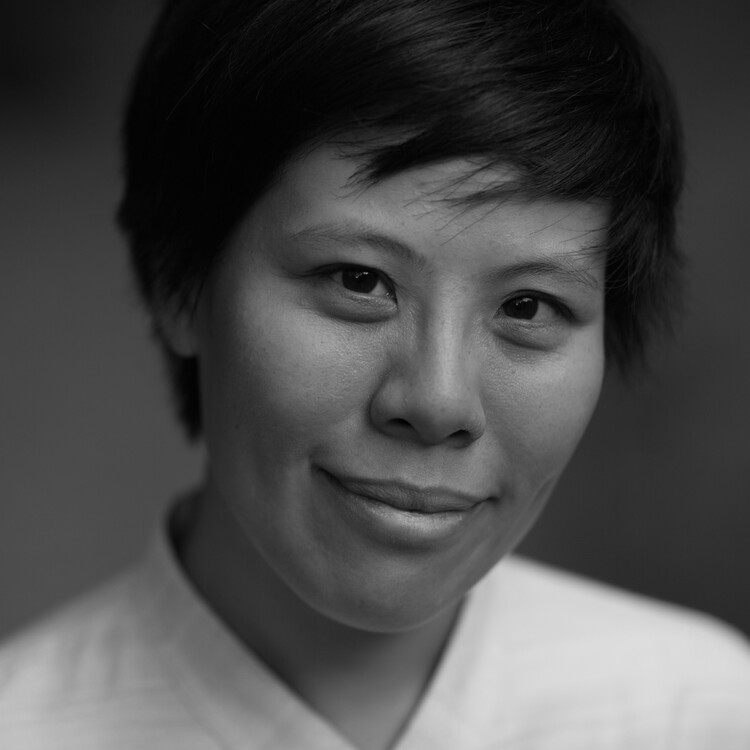
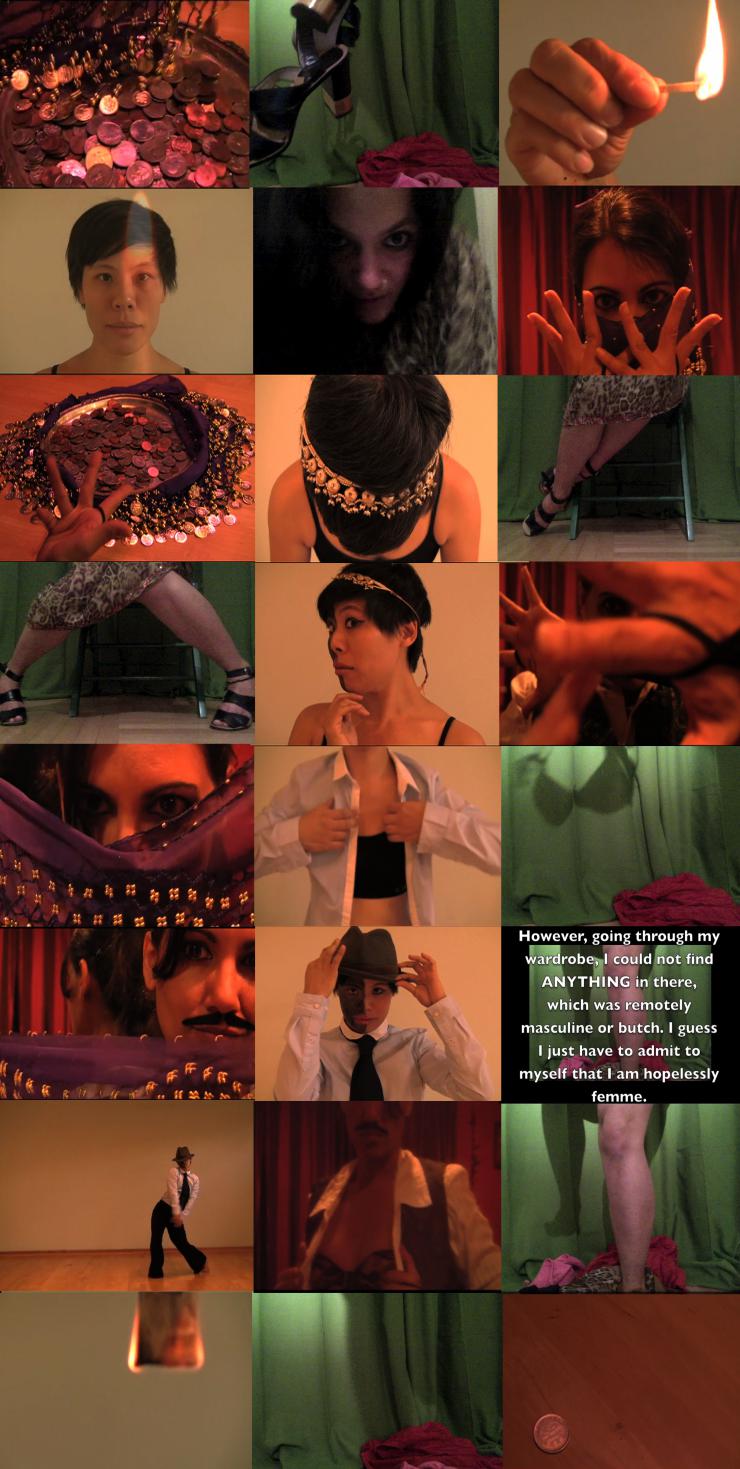
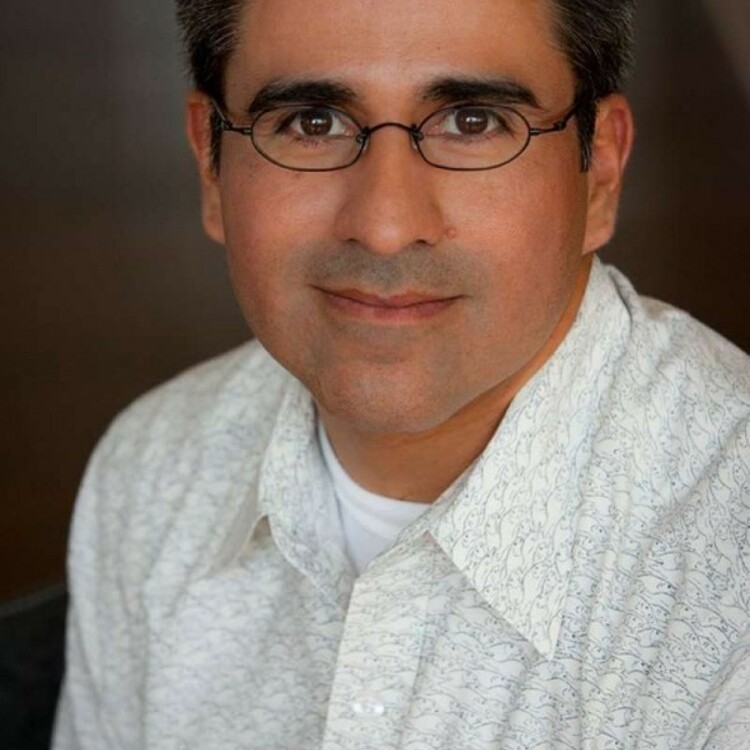



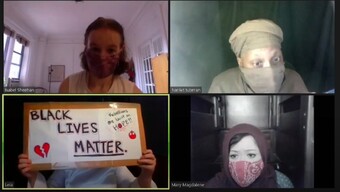


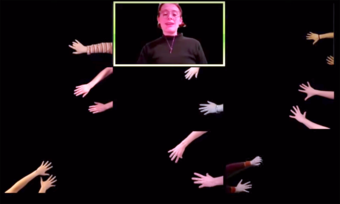

Comments
The article is just the start of the conversation—we want to know what you think about this subject, too! HowlRound is a space for knowledge-sharing, and we welcome spirited, thoughtful, and on-topic dialogue. Find our full comments policy here